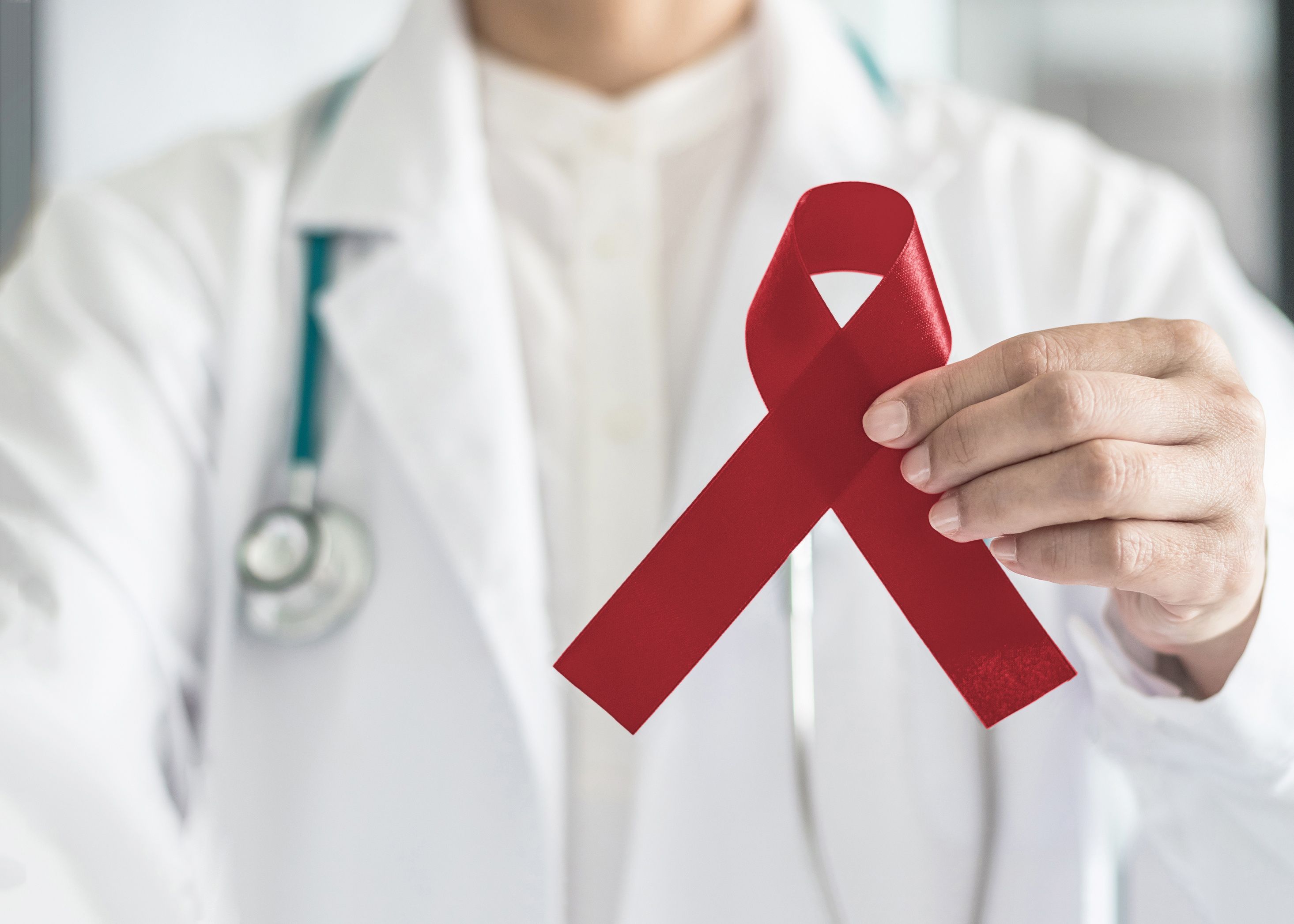Video
Impact of SERD/SERM Development in Treatment Landscape for Breast Cancer
Drs Moore and Dent discuss the impact of oral selective estrogen receptor degraders and modulators in the treatment for HR-positive, HER2-negative breast cancer.
Ryan Haumschild, PharmD, MS, MBA: You mentioned that lots of questions are coming up in clinical practice, and I absolutely agree with you. People know about CDK4/6, but then they ask, “Where do I go now?” One question that comes up is resistance with endocrine therapy and CDK4/6 inhibitors. How are you considering the different resistance trends that we’re seeing? How are you pivoting to do treatment selection after that?
Susan Faye Dent, MD, FRCPC, FICQS: That’s another very hot topic, and it’s something that Dr Moore and my colleagues are discussing all the time. One thing we’ve noticed in our patients is ESR1 mutations. We talked a little about that earlier. But under the pressure of CDK4/6 inhibition, 15% or so of patients may harbor an ESR1 mutation, and we know aromatase inhibitors aren’t going to be effective for them. Do we use fulvestrant as part of their therapy, or will there be a benefit from another SERD [selective estrogen receptor downregulator] or SERM [selective estrogen receptor modulator]?
There are many ongoing trials looking at oral SERDs and SERMs to determine whether these patients might benefit. EMERALD, for instance, was a phase 3 randomized trial looking at elacestrant vs standard of care—whatever your physician’s choice was—after up to 2 lines of therapy. We were hopeful that was going to be beneficial for our patients. It was a positive study. The median progression-free survival was 1.9 months in the standard-of-care arm vs 2.9 months in the experimental arm. That was beneficial statistically, but we were a little underwhelmed clinically. Would you agree that we were underwhelmed with that?
Heather N. Moore, PharmD, BCOP, CPP: I agree. One good thing about that study is that the majority of patients had previously received a CDK4/6 inhibitor and, in some cases, had previously received fulvestrant as well. It potentially provides another option, but it brings up the question of statistical significance vs clinical significance and how we integrate that into our clinical practice.
Susan Faye Dent, MD, FRCPC, FICQS: Then there’s the PI3 kinase mTOR/AKT pathway, which can be upregulated as a form of resistance. There’s a lot of work going on looking at other agents, regardless of whether they’re AKT inhibitors. We already have 1 mTOR inhibitor. There are a number of trials with different compounds coming down the pipeline that may give us options beyond looking at oral SERDs and SERMs. There’s a great deal of work. There’s probably more excitement in this area than there has been in years in terms of novel therapies.
Ryan Haumschild, PharmD, MS, MBA: I agree. Based on hearing your conversation, a decent number of unmet needs still exist for these patients, but there are exciting things in the pipeline. When we look at literature, what do you wish existed? What type of study do you wish people would look at or bring forward to meet some of the unmet needs?
Heather N. Moore, PharmD, BCOP, CPP: We saw some of those at ASCO [American Society of Clinical Oncology Annual Meeting]. One of the biggest questions is regarding sequencing CDK4/6 inhibitors. As Dr Dent mentioned, how can we salvage these therapies? I’m thinking about the overall survival that we’ve seen from some of the MONALEESA studies. What does that look like? MAINTAIN is a very big study that gives us an idea of sequence. We also have some data in terms of abemaciclib being used after a previous CDK4/6 inhibitor. That’s optimizing and utilizing our therapies to the fullest extent prior to having to transition to another therapy.
Susan Faye Dent, MD, FRCPC, FICQS: I agree. I always feel that it’s important to maximize the duration of a class of drugs before you move on to the next, recognizing that eventually, once you get to third and fourth lines, you may at some point have to switch to IV [intravenous] chemotherapy, but we’re trying to avoid that if we can. It’s also important to recognize that there are always single-agent endocrine therapies available further down the line. But the response rate for patients with single-agent endocrine therapies down the line hasn’t been terrific. Trying to maximize what we have, and seeing if we can try different backbones, like with the CDK4/6 inhibitors, it’s analogous to when trastuzumab came into the clinic and we started taking trastuzumab and adding different chemotherapy backbones. We managed to prolong the amount of time that patients had good treatment responses. That’s where we are with endocrine therapy.
Transcript edited for clarity.
Newsletter
Stay informed on drug updates, treatment guidelines, and pharmacy practice trends—subscribe to Pharmacy Times for weekly clinical insights.






